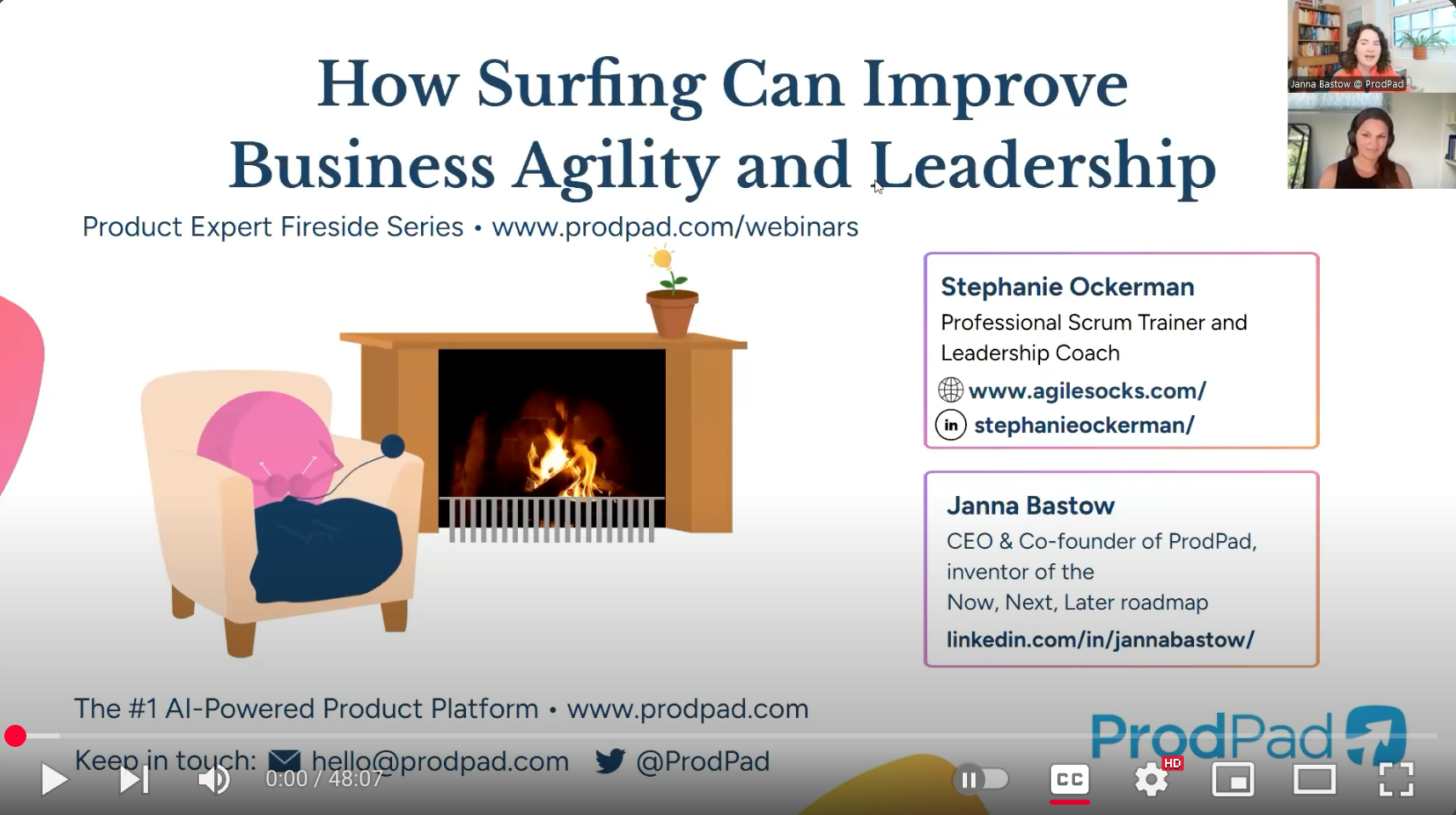
I previously introduced the 4 Dimensions for Scrum Mastery. These dimensions along with an agile mindset can help you see where your team is thriving and where they need support. So how do you support your team? How do you bring out their creativity and wisdom, their curiosity and determination, and skill growth?
In this post, we will explore how to be an effective servant-leader.
First of all, let’s get clear on what it means to be a servant-leader. It is about leading through service. A servant-leader measures her success by the growth and success of those she serves and leads. A servant-leader may have authority, however, she leads in a way that inspires others to choose to follow.
Now let’s look at what it looks like to be an effective servant-leader.
 Step 1: Build a Strong Foundation
Step 1: Build a Strong FoundationA strong vision helps people see where you are going and what you want to be true when you get there. It should be big, bold, exciting.
A strong vision is built on a foundation of values and purpose. And a servant-leader helps connect individuals to those values and greater purpose.
Because the path towards the vision (i.e. strategy) is not always known and will likely need to change along the way, it is important to continuously reinforce and create alignment back to this vision and the underlying values and purpose. You will have competing ideas and disagreements about the best way to move forward (if you’re doing things right). You will have failures and setbacks along the way. Use the vision as a reminder when things get tough. Use the vision to unite people when they feel divided.
Perhaps the vision is about being a place where people love to come to work for strong community and rapid learning. Maybe the vision is about creating revolutionary change in the world. Whatever the vision, be sure it is clear, concise, and emotionally impactful.
Check out this post to learn more about building a strong foundation.
Complexity is best approached with small, self-managing teams. The Scrum framework provides the three essential ingredients for effective self-management: accountabilities, boundaries, and shared goals. However, you also must empower and enable.
Leading sometimes means going first. While you always want to lead by example, sometimes you have to go first to pave the way and make it safe. Be vulnerable. Admit failure. Ask for help. Try something you’ve never done before. Protect your time, energy, and focus. A strong example both empowers and enables.
Hold space for others. This is about creating a safe container in which people can do the work. “Space” is literal. Do they have space in their day versus being over scheduled? Do they have physical space conducive to collaboration, visualization, and creativity? This includes protecting the team from distractions. This includes space for experimentation, failure, learning, and growth. It means appreciating people for who they are and encouraging them to bring their full and authentic selves to work.
Restrain from solving. This is closely related to holding space. It’s about giving people the space and encouragement to come up with their own solutions. Let them try, even if you are 95% certain they will fail. So much empowerment happens when you let people try to solve their problems, and you let them try again if they need to.
Encourage iterative and incremental everything. When people embrace an iterative and incremental approach with frequent feedback loops, risk is reduced. In addition, learning happens faster. This is a virtuous cycle of empowerment and enablement.
Learn more about how to empower and enable others.
As others grow through empowerment and enablement, you continue to raise the bar for quality and performance standards. Instill a mindset of continuous improvement and technical excellence. This is about people taking ownership of their personal growth, their impact on the team, and their impact on the organization.
Keep in mind, this is not about you dictating. It’s about challenging others (and yourself) and showing them you believe they are capable of incredible things. And demonstrate your support for their continuous learning.
This does not mean you will see perfection and success all the time. Encourage them to always seek to do their best, to learn from mistakes quickly, and to raise their own bar. This is how professionalism grows and spreads.
Learn more about how to help raise the bar.
This is not just about tolerating or accepting change and unpredictability.
Embrace it! Roll around in it! Delight in it!
This attitude, or way of being, enables you to better lead and better serve. You will be able to spot opportunities and risks sooner. You will be more responsive to change (and likely have a more positive attitude about it). This contributes to growing your own wisdom and foresight.
And of course, you will be modeling this for others. Humans like consistency and stability, yet that does not describe the world in which humans live. As you model this adaptive behavior and positive mindset around change, you are doing two things. First, you show the way for others to embrace change and unpredictability. Second, your leadership provides just enough consistency and stability for others to hold onto when they are feeling stressed by the uncertainty around them.
Learn more about embracing change and unpredictability.
This is one of the most visible things you will do as a servant-leader. When others see you tackling the barriers to their success so that they can work easier and more effectively, you gain more trust and respect.
Show low tolerance for organizational impediments. It is easy to focus on the impediments that are within your team’s control – there will be many of these to choose from. However, the biggest opportunities are often the greatest challenges.
This may involve pushing uncomfortably hard against the status quo and assumed constraints. This may involve taking risks yourself. Perhaps this is a time to act, to ask for forgiveness rather than permission. This may require building a case for change and a coalition of support, which could take a lot of time and effort. You must remain vigilant in taking on the greatest challenges on behalf of those you are serving.
Rely on input from others, transparent data, and your own wisdom and foresight to determine the approach you take to remove barriers.
Remember that sometimes the barriers you need to remove are limiting beliefs within your team and outside your team.
Learn more about removing barriers to success.
The Scrum Master has often been described as a servant-leader. Good Scrum Masters grow servant leadership within a team and across an organization. Anyone CAN be a servant-leader. Scrum Masters and the managers who support Scrum Teams MUST be servant-leaders in order to maximize the benefits of Scrum and agility.
Consider the 5 actions of effective servant-leaders:
________________________________
If you enjoyed this blog post and are seeking just enough structure to help you work on your Inner Leader, so you can have more influence as you interact with others, check out the Scrum Master: Grow Program. Learn more about this affordable lightweight program.



AGILE SOCKS is a registered trademark of Agile Socks LLC. Other marks used herein are the property of their respective owners. For more information see Trademark Notice in Terms & Conditions.